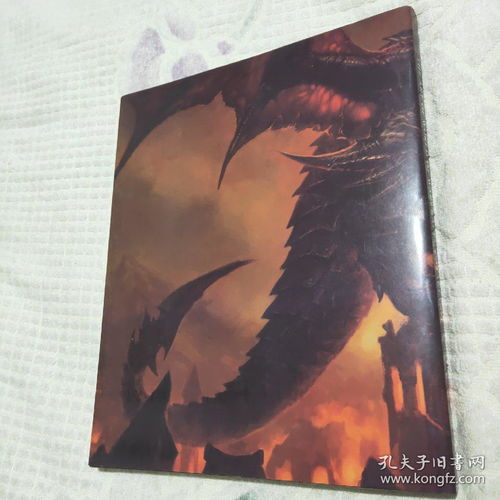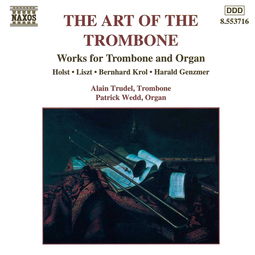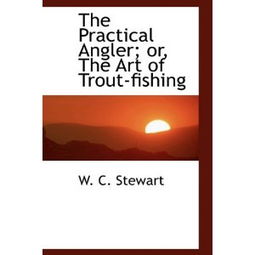In the world of angling, the art of baiting is a skill that can make the difference between a successful day on the water and a frustrating one. Whether you're a seasoned fisherman or a beginner, understanding how to use bait effectively can significantly increase your chances of hooking that big catch. This article delves into the essential techniques for using bait, focusing on the process of拌饵 (bàn yù) or "mixing bait," a critical step in the fishing process.
Understanding the Basics of Baiting
Baiting, at its core, is the process of preparing your bait to attract fish. The right bait can entice fish to bite, while the wrong one might leave you empty-handed. Here are some fundamental aspects to consider when it comes to拌饵:
Choosing the Right Bait: The first step in successful baiting is selecting the right type of bait. This depends on the species of fish you're targeting, the season, and the environment. For example, live bait like worms or minnows might be more effective for certain fish than artificial lures.
Understanding Fish Behavior: Different fish species have different preferences when it comes to bait. Research the habits and preferences of the fish you're targeting to choose the most suitable bait.
Consistency is Key: Fish are creatures of habit, and they often respond well to consistent presentations. Using the same type of bait throughout your fishing trip can help you maintain that consistency.
The Science of Bait Mixing
Once you've chosen your bait, the next step is to mix it properly. Here's a detailed guide on how to拌饵 effectively:
Gather Your Ingredients: Before you start, gather all the ingredients you'll need. This might include bait, scent enhancers, and any other additives you use.
Select the Right Container: Use a clean, non-reactive container for mixing your bait. Materials like plastic or glass are ideal as they won't impart any flavors or odors that could alter the bait's effectiveness.
Start with a Base: Begin by adding your base bait to the container. This could be a pre-mixed bait or a natural bait like worms or corn.
Add Scent Enhancers: Scent enhancers can significantly increase the effectiveness of your bait. These can be in the form of liquids, powders, or even solid chunks. Add these to your bait and mix thoroughly.
Adjust the Consistency: The consistency of your bait is crucial. It should be firm enough to stay on the hook but soft enough to attract fish. Adjust the amount of bait or additives as needed to achieve the right consistency.
Keep it Fresh: Always use fresh bait. Bait that's been sitting out for too long can lose its effectiveness and even attract unwanted pests.

Techniques for Applying Bait
Once your bait is mixed, the next step is to apply it to your hook. Here are some techniques to consider:
Wet Bait: For live bait like worms or minnows, a wet bait presentation can be very effective. Wet the bait with water to make it more attractive to fish.
Dry Bait: For artificial baits or certain types of live bait, a dry presentation can be more effective. This involves applying just enough bait to the hook to make it visible but not so much that it hinders the bait's movement.
Fishing with Power Bait: Power Bait is a popular choice among anglers. It's a dough-like bait that can be molded around the hook. Apply it in small, irregular chunks to mimic the natural movement of live bait.
Maintaining the Bait: While fishing, it's important to maintain your bait. If it's getting crushed or falling apart, reapply it to the hook.
Final Thoughts
Baiting is an essential skill in fishing, and mastering it can lead to more successful outings. By understanding the basics of baiting, selecting the right bait, and applying it effectively, you can increase your chances of catching fish. Remember, the key to successful baiting is practice and experimentation. Try different baits, mixtures, and techniques to find what works best for the fish you're targeting. Happy fishing!












